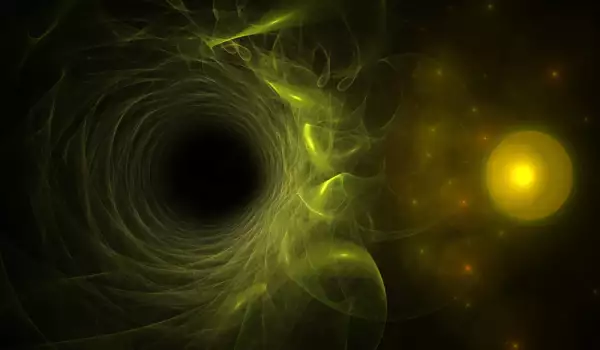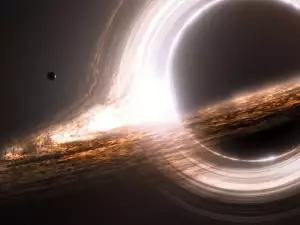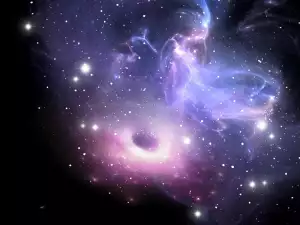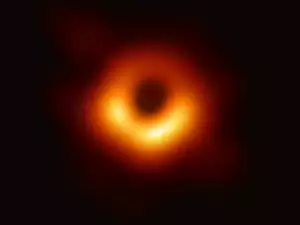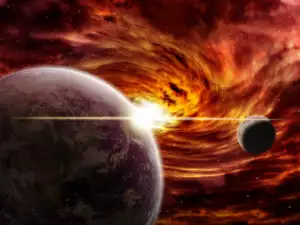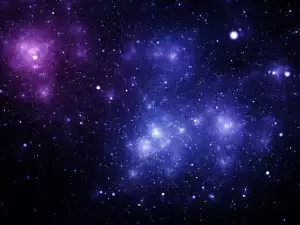A team of astrophysicists from the Netherlands, Great Britain, the US, Hungary and Australia have discovered a system containing 3 massive black holes. The system is called J1502+1115.
The studies dealing with the galaxy are published in Nature magazine, and scientists announced that it is located 4 billion light years from our Solar System.
Two of the three supermassive black holes of J1502+1115 form a tight binary system, which orbits the common center of mass of the 3rd black hole.
The astrophysicists theorize that the existence of such objects allows for the general theory of relativity to be tested.
The gravitational fields, created by the black holes, bend the space-time continuum and can lead to the occurrence of gravitational waves that are intensive enough for astronomers to be able to pick up.
To find black holes is not at all easy.

They are only noticeable due to the microwave impulses that they send out. Black holes that do not emit light and microwaves or other similar emissions are difficult to spot.
The mass in these objects can pile up and compress infinitely, with the black hole continuing its existence and being a source of a gravitational field.
The study by the team of astrophysicists will allow them to understand the mechanisms by which a galaxy forms, with black holes playing a part as well. They will also be able to observe the gravitational waves and describe the parameters of the Universe.
Last year, research by the University of Zurich reached the conclusion that our Sun is engulfed in mysterious dark matter, with the biological life on Earth being dependent on it.
"We are 99% sure that the dark matter is located in the immediate proximity of the Earth and is situated around the Sun, " announced professor Sylvia Garbary, who was one of the heads of the study.
The conclusion was reached by the scientists based on the newest mathematical models that record the distribution of mass in the many galaxies.
